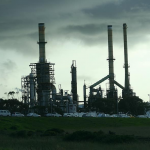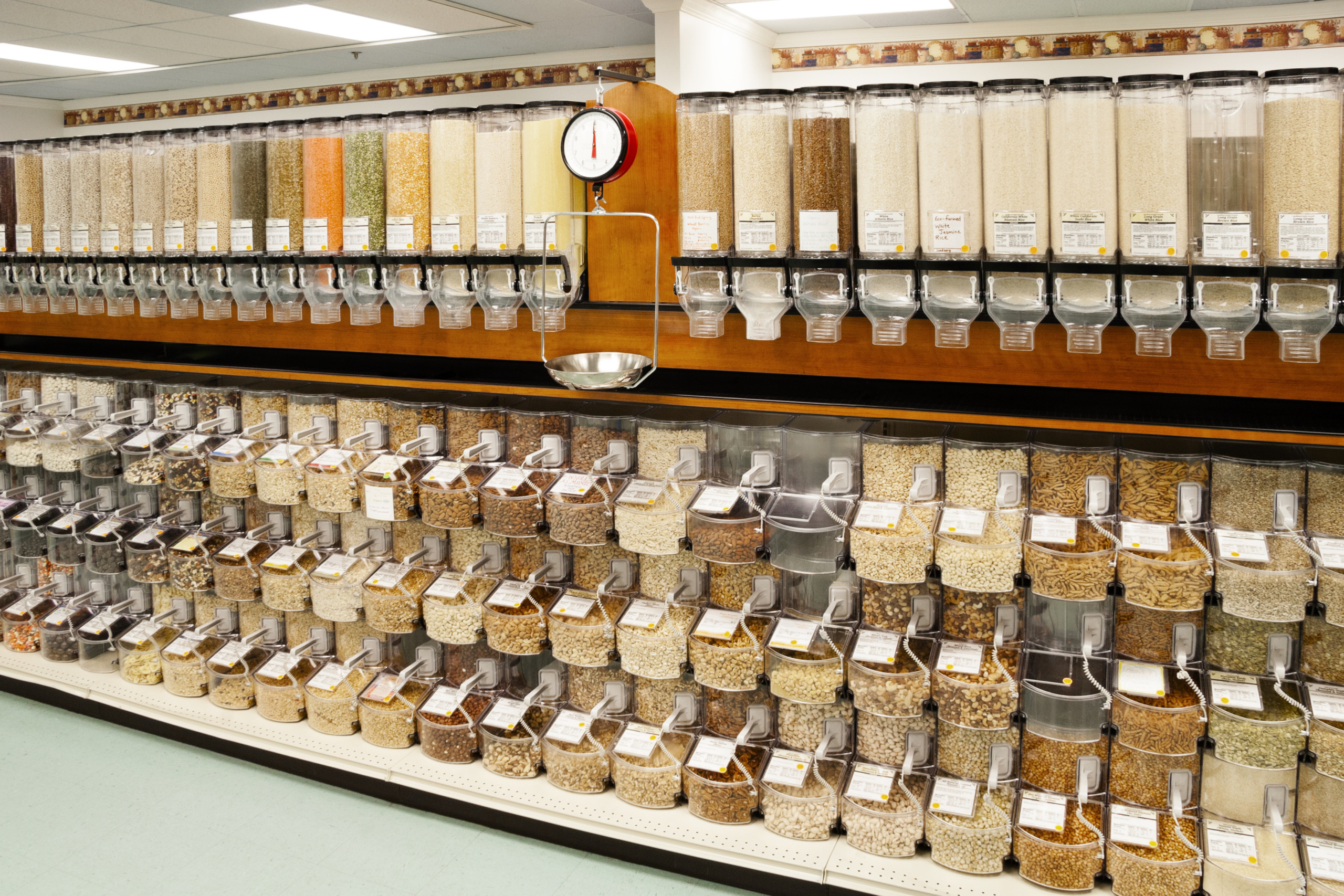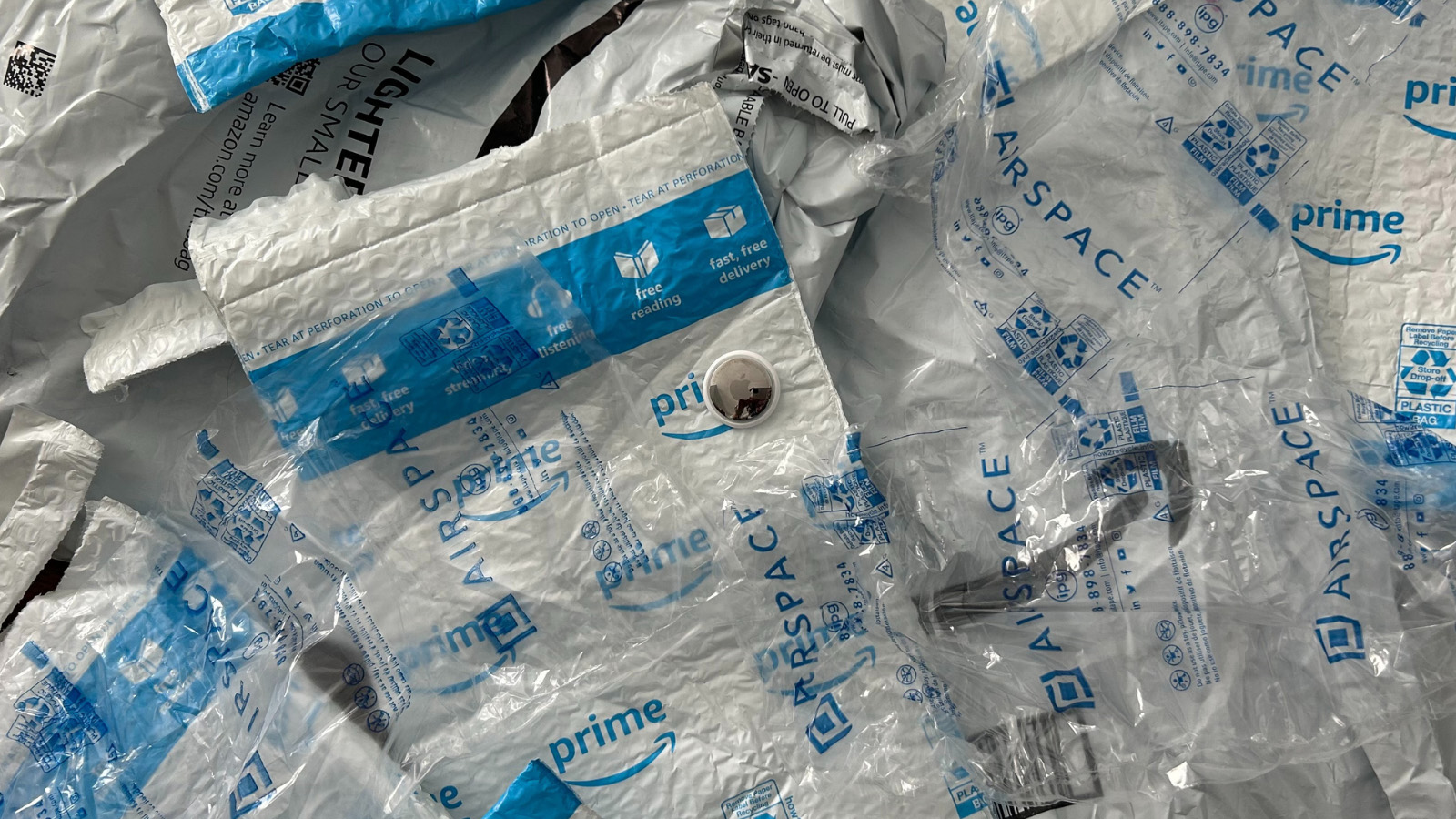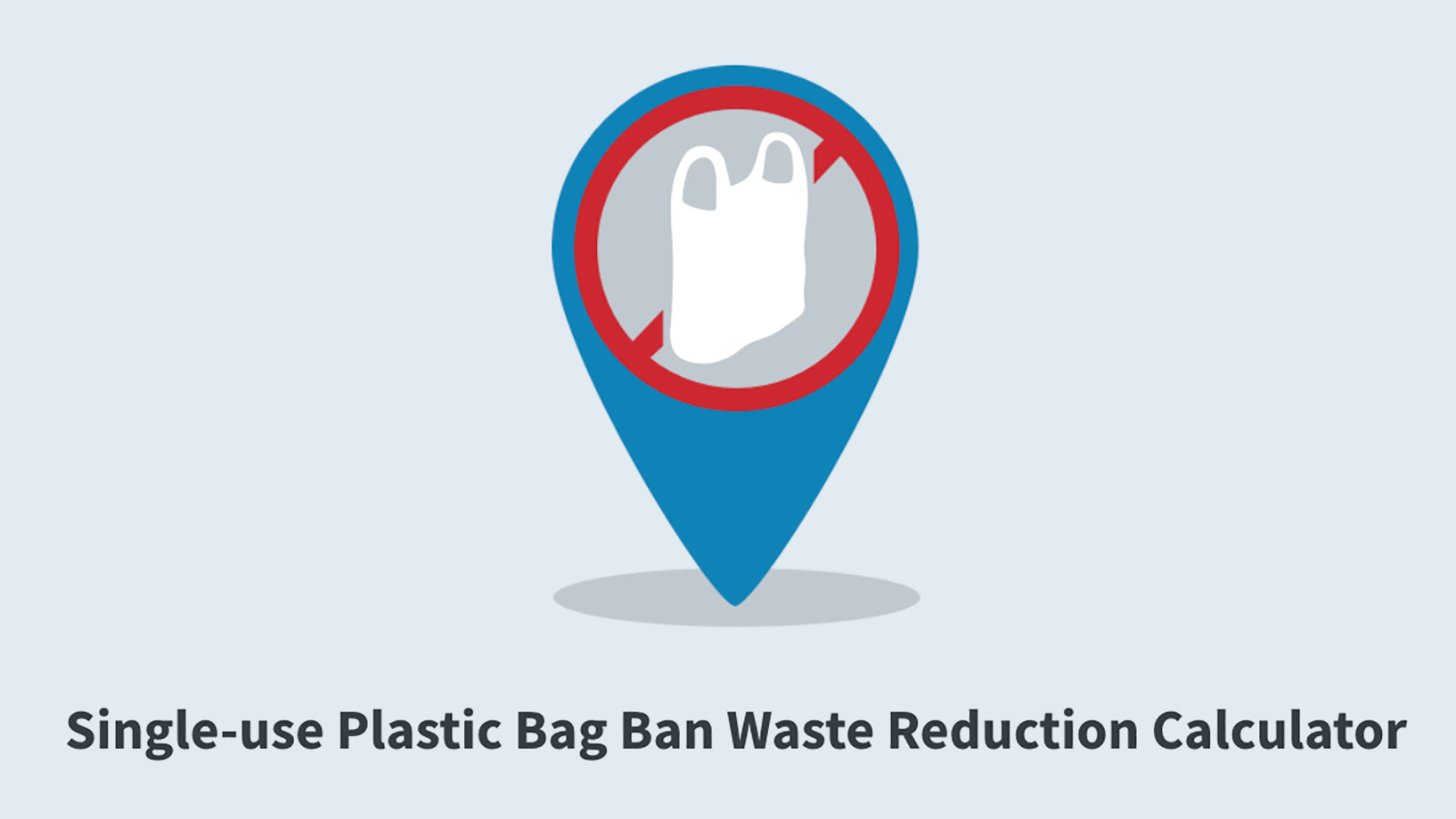Plastic Perspective: Plastic and Public Health
In this second installation of Plastic Perspectives, our fellow Sacha Cameron will be exploring the health concerns that arise from plastic production and disposal through a conversation with Dr. Sacoby Wilson of the University of Maryland, College Park. An associate professor with the Maryland Institute for Applied Environmental Health (MIAEH) and Department of Epidemiology and Biostatistics, Dr. Wilson is well-versed in plastics and the environmental justice issues associated with their overuse.

Plastics do not just pose environmental concerns due to the fact that it takes hundreds of years for the material to break down, leading to a huge problem with landfills, litter, and other waste disposal methods. There are environmental concerns that exist throughout the entire lifecycle of plastic products and, just as seriously, there are associated health concerns as well.
In this, the second installation of Plastic Perspectives, we will be exploring the health concerns that arise from plastic production and disposal through a conversation with Dr. Sacoby Wilson of the University of Maryland, College Park. An associate professor with the Maryland Institute for Applied Environmental Health (MIAEH) and Department of Epidemiology and Biostatistics, Dr. Wilson is well-versed in plastics and the environmental justice issues associated with their overuse.
To get a full picture of the effects that plastics have on human health, Dr. Wilson recommends examining the full lifecycle of plastic, from the extraction of the materials used to make plastic to the processes we use to dispose of the material.
Step 1: Extraction
At the beginning of the process, we have fossil fuels. Plastics are a material commonly produced from oil and gas. Emission from the extraction process of these materials have been known to contribute towards high rates of asthma and other respiratory problems, as well as birth defects. According to recent studies, there are an estimated 12.4 million people in the United States that live within the threat radius of active oil and gas wells, compressors and processors.
For Dr. Wilson, another important aspect of the problem to examine is who those people are that are being affected by the positioning of these oil and gas wells. Where are these sites positioned? Which communities are affected?
The answer is that, overwhelmingly, sites for oil and gas extraction, such as fracking areas, are positioned near to low-income communities or communities of color. It’s an important issue to talk about, according to Dr. Wilson, because “environmental injustice leads to certain populations having a higher burden…and higher exposure to pollutants that impact health.”
Step 2: Production
After extraction, oil and gas are transported to petrochemical plants to be turned into other materials, such as plastic and polystyrene. With petrochemical operations come another host of health concerns that come as a result of the toxins that leech into the air as the raw materials are turned into products. PVC, chlorinated compounds, dioxins, and particulate matter lead to issues such as heart disease, stroke, and even cancer.
In fact, the 85-mile long corridor in Louisiana between Baton Rouge and New Orleans is referred to as “Cancer Alley” due to the high concentration of petrochemical plants that dot the land, and the resulting higher-than-average incidences of cancer amongst the residents of the area. Residents of the area, largely black and poor communities, have to deal with some of the worst air quality in the nation, which is continuing to worsen.
Particulate matter that can be breathed in — ultrafine particles — is of particular concern. They can “get deep into your lungs and damage your alveoli, get into your circulatory system, and then deliver other toxicants to different systems in your body.” This, in turn can cause alzheimers and other neurological effects, such as IQ deficits, lead to birth defects, increased infant mortality, and decreased life expectancy.
Step 3: Plastic Use
Plastics can have adverse health effects on human beings simply through their use as well, according to Dr. Wilson. Endocrine-disrupting compounds are commonly associated with plastic use. These are compounds which are known to interfere with the body’s hormones, thus potentially leading to developmental, reproductive, brain, and immune system issues, among others. They are found in common everyday items, such as plastic bottles and containers, some food, and toys.
Plastic is ubiquitous in our everyday lives, ever-present in everything from packaging to food and drink containers to some of the clothes we wear. People are most commonly exposed to these troubling endocrine-disrupting chemicals through diet, air, water, and skin contact.
Step 4: Disposal
The processes commonly used to dispose of plastic materials after use present yet another opportunity to release harmful chemicals and particulate matter into the air, which humans then breathe in or are otherwise exposed to.
Much of the plastic waste that we incur is not recycled and cannot be recycled. Most, then, is sent to landfills or incinerators, where the material is burned to create energy. One of the big issues associated with the incineration of plastic is the production of combustion byproducts that are toxic compounds — things like dioxins, furins, and particulate matter — that lead to cancer, respiratory issues, or developmental problems.
As with sites in which oil and gas are extracted, landfills and incinerators are commonly positioned within low-income communities or communities of color, disproportionately increasing their risk of exposure to these pollutants. Looking at a city like Baltimore, MD., two incinerators can be found in Southeast and Curtis Bay — both low-wealth areas, with populations that are primarily working-class, latinx, or black, leaving those who are already vulnerable to deal with greater adverse effects from these sites.
The NAACP’s report, “Fumes Across the Fence,” presents a more in-depth look at how, throughout history, polluting facilities such as landfills and incinerators have been built within or near African American communities.
Long-Term Consequences
It is clear that each step in the lifecycle of a plastic product creates opportunities to emit pollutants and toxic chemicals that can have disastrous effects on human health. We have also established that low-income and communities of color are disproportionately affected by these pollutants. What effect does this have on these communities in the long run?
Dr. Wilson points out that these areas in which there are oil and gas refineries, petrochemical operations, and landfills and incinerators are often turned into what he termed “sacrifice zones” — areas that are recognized to have an excess of environmental and health hazards that soon become a dumping ground for the industry, only accumulating more and more hazards.
This not only affects health within these communities; it contributes to economic depression as well. “It’s hard for those communities to break the cycle of poverty because you have these facilities that are basically sucking the communities dry,” Dr. Wilson says. Because the areas cannot attract other industries to the area that are non-pollution intensive, people are left to either deal with the pollution, or relocate. Meanwhile, relocation presents its own economic problems as, due to the pollution, property prices in these areas are often extremely depressed as well.
Solutions
What does Dr. Wilson consider to be some of the best solutions for these issues? In order to stop the cycle of plastic production, plastic use, and plastic disposal, one important thing to think about is decreasing plastic use in the first place.
“We have to change our consumer behaviors,” he says, citing the common culture of rampant consumerism present throughout the United States.
Single-use plastics are widespread. They present ease and convenience, but also create a lot of waste that will most likely end up in the landfills and incinerators that are funneling pollutants into low-income communities. Furthermore, demand for plastics, especially single-use products, increase demand for the petrochemical plants that turn oil and gas into the products we often consume without thought.
Dr. Wilson also gives a couple innovative ways to decrease your plastic use, especially within the communities that are most affected by the production and disposal of plastics: paying attention to packaging, increasing urban agriculture, and increasing food security in low-income communities and communities of color.
Firstly, we have to pay attention to the packaging our products come in. Much of our plastic consumption comes from what we use to hold our products — everything from drinking cups to frozen food packaging to the plastic bags we take our groceries home in. In order to decrease your use of plastic packaging, you can try to buy local from farmers’ markets or buy in bulk and use your own reusable containers. You can opt for cartons or cardboard boxes when given the choice between that and plastic. You can bring your own bags to the grocery store instead of using the plastic ones.
Secondly, we should increase access to fresh produce by looking into things like urban agriculture. Cities are often home to low-income families and communities of color which do not have open access at times to grocery stores or fresh produce in general. Growing local produce cuts down on plastic packaging.
Dr. Wilson also argues that increasing food security by increasing urban agriculture or building more grocery stores within low-income neighborhoods could help decrease plastic consumption as well. Giving low-wealth families access to more food choices that aren’t fast food or from convenience stores can help them cut down on packaging that they would just be throwing away to end up polluting another community just like theirs.
So what?
Plastic products present a clear threat to the environment, but it is clear that that threat goes deeper than it may seem on the surface. The effects of every part of the plastic production cycle has deeply negative effects on communities that live near these plants and production facilities. As we all consume more and more plastic and dispose of it, we are only contributing to the accumulation of health hazards these communities are exposed to on the daily — pollutants that can cause everything from asthma to cancer.
Our consumer habits and rampant use of plastic impacts our beaches and our wildlife, our neighborhoods, our health, and has devastating economic impacts on communities that are already disadvantaged.
Topics
Authors
Kate Breimann
Find Out More

Refill, Return, Reimagine: Innovative Solutions to Reduce Wasteful Packaging

Truth in recycling

Plastic bag bans work

